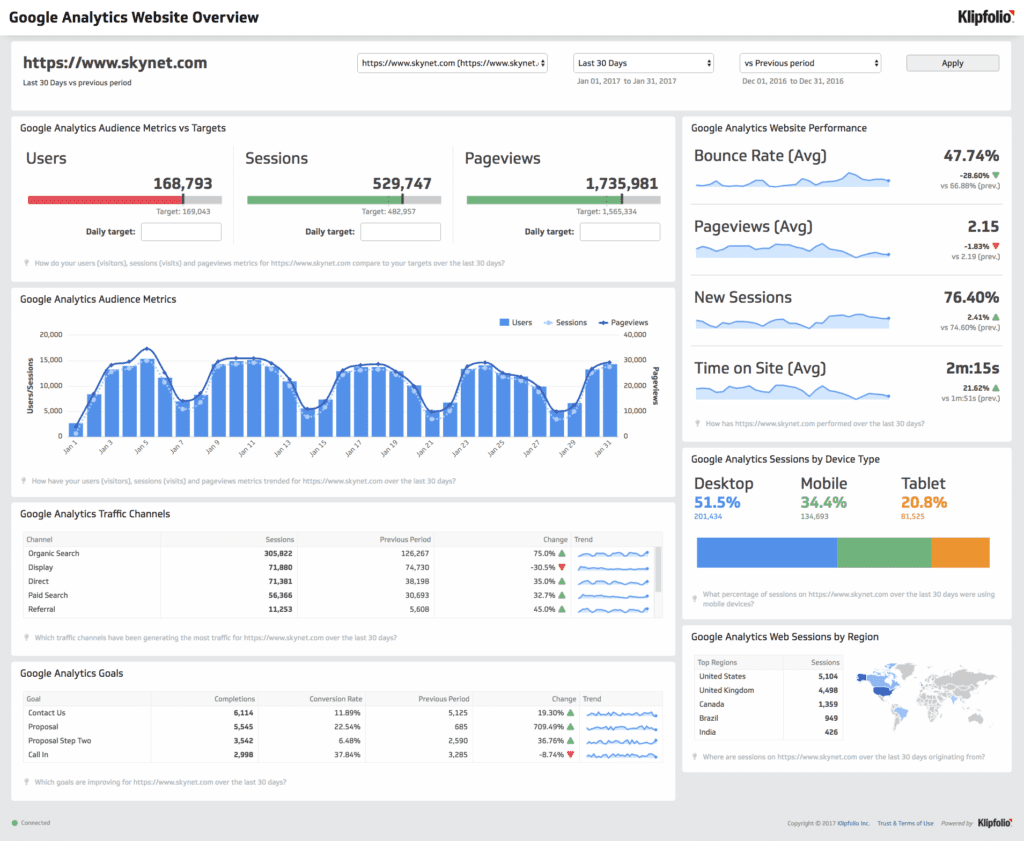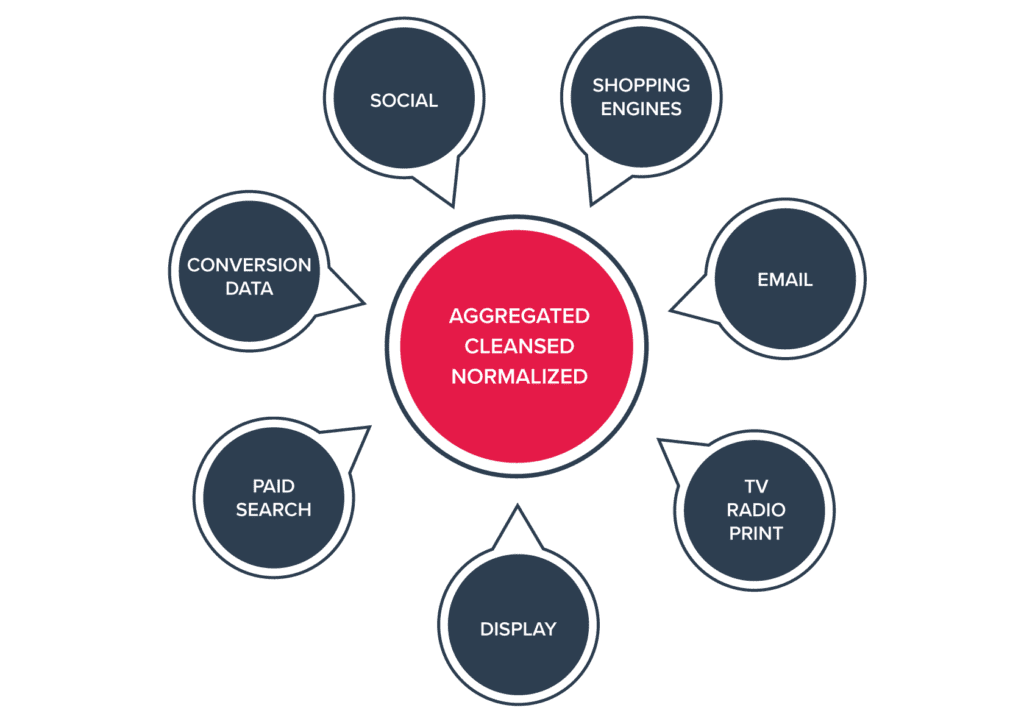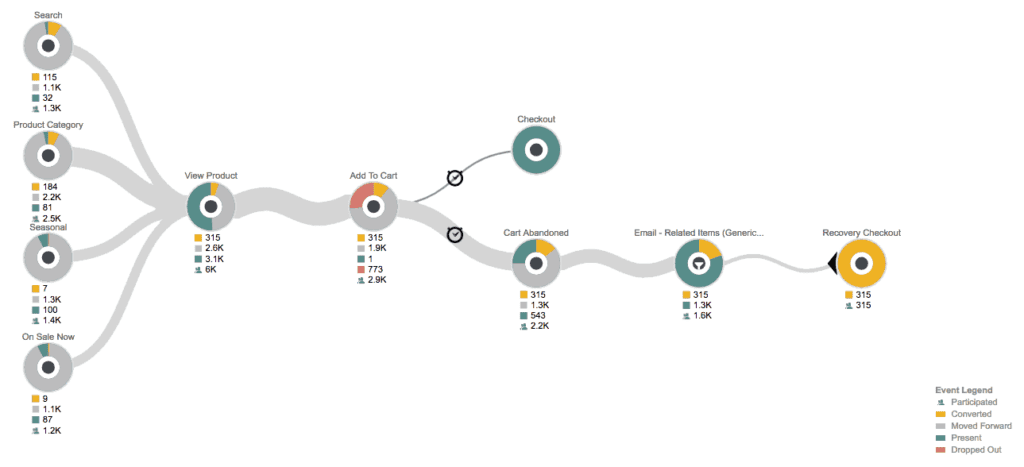9 Ways to Gather Necessary Data for Running Personalized Marketing Campaigns
Did you know that 49% of buyers say they bought an item they weren’t planning on buying after receiving a personalized offer for it? If you had the ability to target people with similar offers with personalized shopping, how much would that affect your bottom line?
Personalizing your marketing campaigns is not a nice-to-have. Brands that invest in personalization store make bank. But brands that invest in hyper-personalization are leading that way.
Let’s look at other interesting stats right off the bat, shall we?
- 44% of customers said they’d likely become repeat customers after a personalized shopping experience.
- Amazon: 35% of their conversions are driven by their recommendation engine—and that’s been happening for several years now.
- 79 out of 100 consumers will only likely engage with your offer if it is directly related to an interaction they’ve had with you before.
- Several studies agree that personalizing their marketing messages to cater to individual customers’ needs drives more sales, and drives customer loyalty through the roof.
While those numbers sound enticing, to be able to send hyper-personalized offers, you have to know what your customers want, when, why, and how to run personalised campaigns. And without coming off as a stalking weirdo.
Seem like an impossible task?
It all starts with collecting the right customer data. You might think to yourself: That sounds nice, but how am I supposed to gather the right data for running personalised marketing campaigns?
Well, here are 9 ways to choose from.
1. Use web analytics on your website or blog for personalized campaign
Start with the basics; Google Analytics, Google Search Console, Opt-in forms, and registration forms.
These tools will help you see what your website visitors are clicking on, what they are reading to the end, what pages they visit, their email addresses, locations, and which items they are looking at. This information will help you to make personalization store.
Here’s a screenshot of how a Google Analytics dashboard looks like:

In all, there are up to 40 data points you can deploy. Notice the “Users”, “Sessions”, and the crucial “Google Analytics Audience Metrics” on the left and devices the audience/visitors use to access the site on the middle-right.
More importantly, you can look at the data on traffic sources, showing you where your target audience is online, hence giving you a clue to which channels may offer the highest ROI if invested in further and which ones can be dropped altogether to cut losses.
An added benefit of the above-mentioned tools is that they work with any website or ecommerce platform, be it a custom-built solution or something designed with a website builder.
2. Leverage Attribution Software for Personalized Marketing Campaigns
In 2018, Evergage found that 68% of marketers stored customer data in up to three different systems. An overwhelming 73% did not have any or just had a few of the channels connected.
Are you one of them?
If you are, you must know how that makes it tough to identify when a specific person is moving through different channels, combine their collective online behavior in one place, and use the sorted insight to drive one-to-one marketing.
Machine Learning (ML), a subset of artificial intelligence (AI), can help you combine data from multi-channel marketing to drive cross-channel upsells, personalize chatbot responses, identify the right engagement channels, and fine-tune your segmentation to identify high-value prospects.
The best attribution software for customer research, such as Impact’s Altitude, use a multi-touch attribution approach, rather than the vague “last-click” attribution approach, to gather online customer behavior and other details so you can more accurately gather actionable data from multiple channels to inform your personalised marketing campaign setup.

There’s another way to leverage ML and AI, too.
In 2020, you can even use AI and ML to analyze voice patterns to detect customer tone so you can improve your customer service responses according to the customer’s mood and boost their satisfaction and loyalty.
You can already find many examples of AI in marketing campaigns other brands are conducting with success.
For example, Sky, the British media and telecommunications behemoth, now goes beyond basing viewing recommendations on a user’s viewing history. The company has tapped into new AI-powered technology to serve its users with personalized content for marketing campaigns based on their current mood as well.
3. Use customer journey analytics
Feel like ML and AI are too complicated right now? Power your customer data collection with hyper-accurate SaaS programs.
Customer journey analytics is the process smart marketers use to gather data from multiple customer touchpoints and channels over time.
The analytics are crucial for use in your quest to create an effective customer journey map (one example can be seen in the picture below).

Using top customer journey analytics software helps you find data that not even Google Analytics can provide. It also doesn’t hurt that these programs are designed to be easy to use and inform personalization and other personalized marketing campaigns improvements.
4. Tap into Self-selection…
..or, let the customer do it for you right before a purchase.
Stitch Fix and IKEA let customers pick, personalize, and choose their ideal products before they can pay for one. The brands then keep those preferences in a central repository for future references.
Implementing these kinds of interactive elements on your product pages can get you a lot of useful insight into consumer’s preferences you can use to hit them up with hyper-personalized offers when they start to slip away from your funnel.
5. Collect transactional data in a CRM
Nobody wants to let highly-accurate and relevant customer data go to waste.
Whether you are a digital or local business, you should keep a record of important customer data in a well-maintained CRM, such as HubSpot or Zoho CRM.

That way you can learn crucial insight such as:
- What items or services customers are most interested in
- Which ones are starting to trend or routinely trend at certain times
- Customers’ contact details
- Purchase history
- Average spend
CRM tools have been with us for a while now and their popularity hasn’t decreased which shows you just how important their data is to all of us.
6. Use a share-your-experience model
Sometimes, all you need to do is ask.
Customers are dying to share their customer experience. According to a 2018 Medallia study, 35% of U.S. consumers want to provide feedback through an app and another 35% want to ask questions and get answers via real-time messaging.
And you can help them help you in several ways:
- Install a “Talk to Us” button. You call it what you want; “feedback”, “share your experience”, “Talk to us”. Whichever works.
- Offer Live-chat on-site. The study also found customers now expect businesses to enable them to contact a customer representative in real-time and within the shortest time possible. They want to share their expectations, ask burning questions, and offer direct feedback. Otherwise, they might leave a negative review.
- Send an occasional survey. Asking a ton of questions in one go will make the customer abandon your questionnaire pretty fast. Keep surveys short and sweet, just long enough to collect actionable insight.
Surveys are especially useful for continuously updating customer preferences and contact info so you are always in-tune with what your target customer needs.
7. Use brand/loyalty app preferences to hyper-personalize push notifications
You already know implementing the best mobile app metrics tracking can help you gain some insights.
But what to do with push notifications? Like Starbucks, you can use customer preferences, recent in-app correspondence with customer service, and in-app purchase history to hyper-personalize your push notifications.

This is why you shouldn’t be surprised by the fact that Starbucks has the most regularly used loyalty rewards app of any major restaurant chain.
In the app, users can set their preferences, including ideal snack prices for their budget. Starbucks can see when they usually log in and their categories browsing habits so it can tell what time of day to send a push notification for conversion optimization.
As the app owner, you can even see which devices they use, identify their gender, and keep an accurate, up-to-date record of their purchases. Then you can sort the data manually or use marketing automation software to sort and identify opportunities.
For instance, based on a prospect’s search filters history, you can predict what they are looking for and send them an ideally-priced offer within the same day—before they lose interest or look elsewhere.
8. Use a GDPR-compliant data enrichment service
Don’t have the time or resources to collect first-party data?
Using a data enrichment service could be what you need to verify its accuracy, scrape out outdated details, and add more raw data to make it actionable for lead scoring and hyper-personalization.
The companies that provide these services can help you to ethically track customers online and offline.
For example, they use a customer’s email address to gather the information you don’t already have on that specific customer such as:
- the pages they visited
- devices they used
- their age bracket
- where they work
- what position they hold (decision-making ability for lead scoring)
- their hobbies and other gaps in the data you already have.
If you just want emails, you can use simple tools such as Hunter and Snovio API. Both even offer free Google Chrome extensions.
But if you want more advanced enrichment such as getting complete data on several decision-makers in the same company, you’ll want to invest in non-automated enrichment services dedicated to just that.
Then you can use personalized communication tools to nurture and convert the decision-makers based on their individual interests.
This is especially profitable when targeting high-value clients who, when they convert, offer good ROI compared to your payout for the service.
9. Run User testing
There’s no better primary data than seeing precisely how your target users, current users, and customers engage with and experience your site or product than running user testing.
User testing is perfect for coming up with a product fit. One way to do it well is to use third-party technical and marketing beta testers.
The former should give feedback on bugs and technical performance. Source several marketing beta testers that mirror your various buyer personas just before you launch your product.
Don’t have time or money for in-house user testing?
You can use a third-party tool such as Usability Hub to collect real customer feedback you can use immediately. So, for example, if you want to find out the kind of T-shirt a specific customer or target group will appreciate most as a giveaway gift, you can use Usability Hub to know best.

You can also use the platform to:
- Conduct preference tests
- Use a filter button to isolate relevant responses
- View and Analyze test results
- Do visual design
Conclusion
These are all ways to gather necessary customer data starting immediately. You can have accurate data to create highly-tuned customer personas, inform about your buyer journey maps, and, importantly, create highly-personalized, one-to-one marketing messages to use in a hyper-personalized communications tool.
Author: Robert Brandl
 |
Robert’s passion has always been web tools that make your life easier. That’s why he founded the WebsiteToolTester, where you can find reviews and tutorials for the world’s best website builders, e-commerce platforms, and hosting solutions. |
Yan Anderson is the Head of Content Marketing at CS-Cart with over 10 years of experience in the eCommerce industry. He's passionate about explaining complicated things in simple terms. Yan has expertise in building, running and growing eCommerce marketplaces. He loves to educate people about best practices, new technologies, and trends in the global eCommerce industry.

